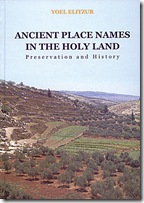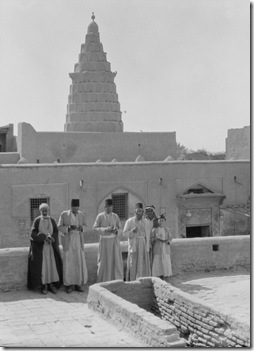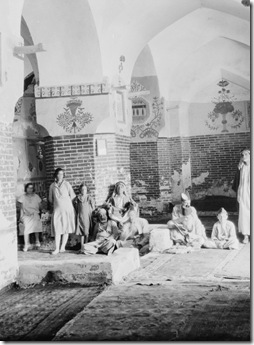Eisenbrauns’ Deal of the Day is:
Ancient Place Names in the Holy Land: Preservation and History, by Yoel Elitzur (2004). List Price: $65; Today: $26 (60% off)
The book description begins:
That many ancient toponyms in the Holy Land have survived for thousands of years, right up to modern times, is a remarkable and unique phenomenon,  unparalleled in neighboring countries, such as Egypt, Mesopotamia, or Asia Minor. Preserved toponymy provides a basis for research in the historical geography of the country and is also of major importance for studies in the history of Hebrew and Aramaic, being a kind of ancient “recording” of an archaic linguistic inventory. In addition, it has many implications for a wide variety of other scholarly fields, such as Bible studies, Rabbinics, Qumran and Samaritan studies, early Christianity, Arabic and Islam. This reserve of preserved place-names is therefore frequently consulted and used by scholars for their purposes.
unparalleled in neighboring countries, such as Egypt, Mesopotamia, or Asia Minor. Preserved toponymy provides a basis for research in the historical geography of the country and is also of major importance for studies in the history of Hebrew and Aramaic, being a kind of ancient “recording” of an archaic linguistic inventory. In addition, it has many implications for a wide variety of other scholarly fields, such as Bible studies, Rabbinics, Qumran and Samaritan studies, early Christianity, Arabic and Islam. This reserve of preserved place-names is therefore frequently consulted and used by scholars for their purposes.

